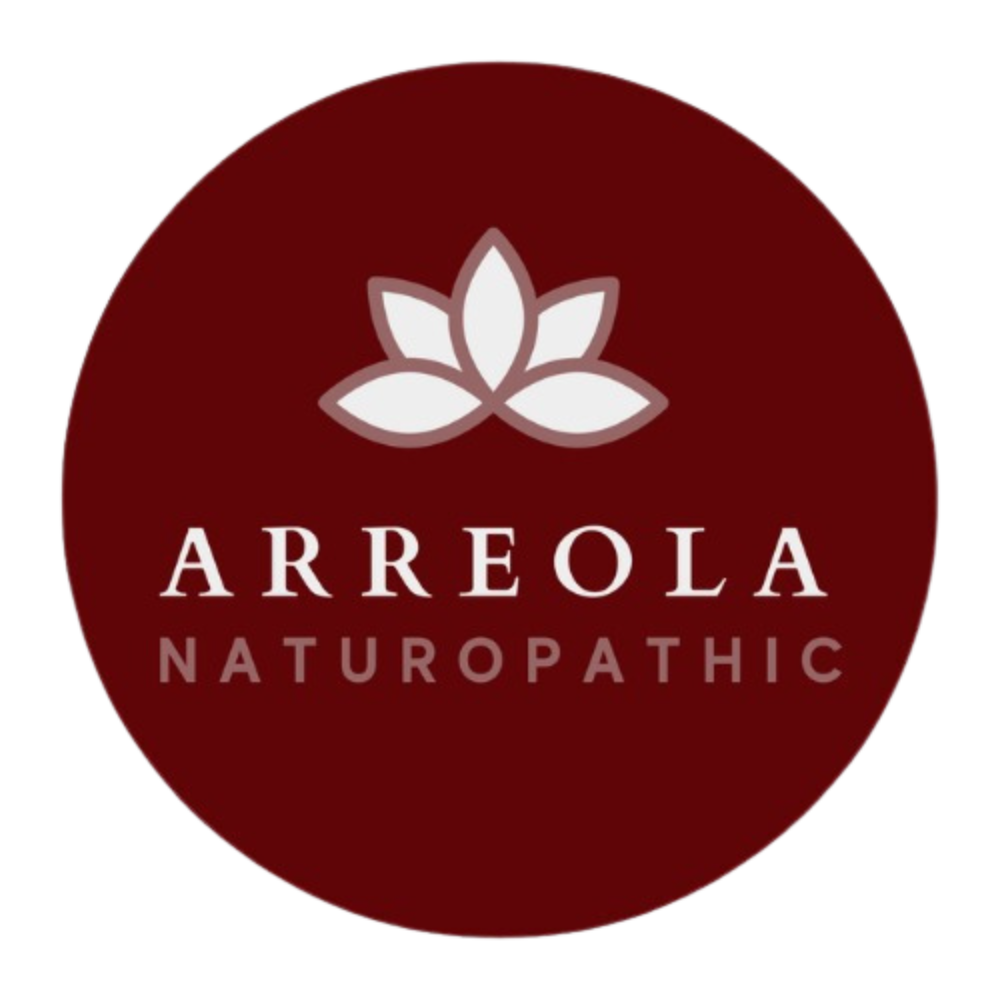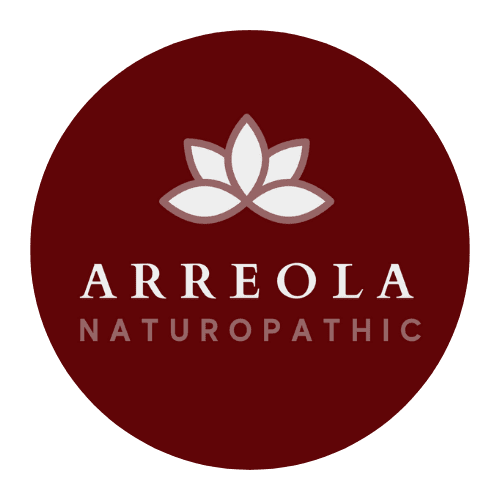Everything you need to know about CHOLESTEROL
I want to start by reminding my readers that not all cholesterol is bad. Did you know that certain forms of cholesterol are necessary for your body to properly build certain cells, vitamins, and hormones?! Yup, it’s true. So let’s start from the beginning and talk about what cholesterol is, the different types, which are good and bad, where we want our levels, and so on. Ready? Let’s go!
What is cholesterol, anyway?
Cholesterol is a waxy substance made of lipids (fat molecules), it is made in your liver and travels through your bloodstream to go where it’s needed. In addition to what’s made in your liver, you can also get cholesterol from your diet, particularly from animal products such as meat and dairy as well as processed plant oils such as palm and coconut oils. And since your body already synthesizes its own cholesterol, getting too much from your diet can negatively impact your health. If a food is high in saturated fats, it is safe to assume that if consumed regularly, it can increase your cholesterol levels.
What exactly does cholesterol do?
Think of cholesterol as a “building block”. In the right circumstances, cholesterol is used to build up the walls/membranes of cells in your body, creating a protective barrier from outside pathogens. Additionally, cholesterol is also a key ingredient in the production of fat-soluble vitamins and hormones. This is one of the reasons why women who do not consume enough fat, can “skip” their menstrual periods, as there is not enough cholesterol to build the necessary hormones required for menstruation (psst…I know it may seem like skipping your period sounds nice, but it is not something I would ever recommend someone intentionally try to do, as this can wreak havoc on the hormonal pathways in your body leading to a domino effect of health issues).
Ok, so far it sounds like I need cholesterol, why does everyone say it’s bad?
As mentioned earlier, cholesterol is not inherently bad. There are different types of cholesterol, both good and bad. As you may assume, you want higher levels of good cholesterol and lower levels of bad cholesterol. If your levels of bad cholesterol get too high then it can begin to build upon the walls of your arteries. Remember how I mentioned it is a waxy-like substance? Well, once the waxy cholesterol gets in contact with other fats, like triglycerides, it can begin to build on the walls of your blood vessels. On the blood vessel walls, it can harden which then narrows your blood vessel and makes it less flexible – this is known as atherosclerosis. Atherosclerosis is associated with serious health concerns, including hypertension (high blood pressure) and an increased risk for stroke and heart attack (this is because if a piece of this hardened plaque breaks off, travels through the bloodstream, and then gets lodged in a smaller vessel like the ones found in your heart and brain, it can block blood flow completely). This doesn’t occur right away but over a long period of time (months to years, depending on the situation).
What are the different types of cholesterol?
So , if you were to look at a lab report from your doctor that was checking your lipid levels, these are the letters you would see:
- HDL – Good – Stands for high-density lipoprotein. This type can actually “pick up” excess bad cholesterol in the bloodstream and take it back to the liver to be broken down and removed from the body.
- LDL – Bad – Stands for low-density lipoprotein. This type can build up on arterial walls and block blood flow.
- VLDL – Bad – Stands for very-low-density lipoprotein. This can also build up on arterial walls but is more difficult to measure, so it is often estimated by triglyceride levels in the body.
- Total cholesterol = HDL + LDL
- Triglycerides = not a form of cholesterol but are commonly seen on these lab reports since it is the most common fat molecule we have in our body. When combined with LDL and VLDL, it can also build up on arterial walls.
What do these letters actually mean? Well, these are actually the lipoproteins that cholesterol binds to in order to travel through the bloodstream. The higher the density, like in HDL, the more protective it is. The lower the density, like in LDL and VLDL, the more harm it can cause.
What should my levels be?
By now you are probably wondering how much of each type of cholesterol is considered safe. So here are the numbers:
- HDL : > 50 mg/dL for women OR > 40 mg/dL for men ; >60 mg/dL is when you start seeing more heart-protective effects
- LDL : < 100 mg/dL
- Total cholesterol (HDL + LDL): < 200 mg/dL
- Triglycerides : <150 mg/dL
If my levels aren’t ideal, what can I do?
If your cholesterol levels aren’t where you’d like them to be. There are a number of things you can do to make this right to avoid being put on the cholesterol-lowering medication your primary care doctor will likely suggest. (Side note : I personally do not recommend my patients take cholesterol-lowering medication unless all other options have been exhausted and their levels are DANGEROUSLY high. Even then, I only recommend it for a short period of time until we can get the numbers under control. This is due to the numerous serious side effects these medications are associated with). So here is what I do recommend:
- DO NOT USE TOBACCO PRODUCTS.
- Smoking tobacco damages your blood vessels and speeds up the process of cholesterol building on arterial walls. This increases your risk for cardiovascular disease, significantly.
- LIMIT FOODS THAT ARE HIGH IN SATURATED FAT.
- Foods that are known to have high levels of saturated fat include: processed foods (almost anything that’s wrapped in plastic), pre-packaged baked goods, fatty cuts of animal protein, dairy, palm oil, and coconut oil. As mentioned earlier, when consumed regularly, these foods can increase your bad cholesterol levels.
- INCREASE YOUR DIETARY FIBER INTAKE.
- Fiber binds excess saturated fat and helps to remove it from your body. Just remember, if you increase your fiber you have to increase your water intake, or going to the bathroom will not be a fun experience. Some foods I recommend include: beans, nuts, oatmeal, and berries.
- MOVE YOUR BODY, DAILY.
- Regular movement helps to facilitate elimination pathways in the body. Also, there are many studies that show how regular exercise can actually help increase your levels of HDL and lower levels of LDL. (Here is one meta-analysis if you’re interested)
- MANAGE YOUR DIABETES.
- Having diabetes has been shown to lower levels of HDL (the good stuff) and raise levels of LDL (the bad stuff). Making sure that your diabetes is well managed or working with a doctor to help reverse your diabetes is extremely helpful in cases of high cholesterol.
- GET YOUR CHOLESTEROL LEVELS TESTED REGULARLY.
- One of the best ways to tackle your cholesterol is through prevention. Getting your cholesterol levels checked annually can help your doctor identify trends and warn you before things get too out of control.
𝐏𝐑𝐎 𝐓𝐈𝐏: Swapping out your animal protein (like chicken or beef) with fatty fish like salmon, just twice per week, can help improve your cholesterol levels and reduce inflammation in the body.
Well there you have it, everything I believe you should know about cholesterol. I hope this was helpful to you! If you want more personalized guidance on improving your health, I’d love to work with you. If interested, please book an appointment with me when you’re ready!
Wishing you health & happiness always,



